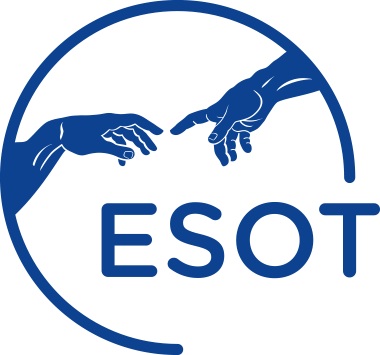- Circulation. 1992 Nov; 86(5 Suppl):II242-50.
- Abstract
- Pubmed Link
BACKGROUND: Photopheresis is a technique in which reinfusion of mononuclear cells exposed to UV-A light ex vivo after in vivo treatment with 8-methoxypsoralen initiates host-immunosuppressive responses. METHODS AND RESULTS: To determine if photopheresis safely reverses International Society for Heart and Lung Transplantation (ISHLT) rejection grades 2, 3A, and 3B without hemodynamic compromise, 16 heart transplant patients with ISHLT rejection grades 2, 3A, and 3B were randomized to photopheresis or corticosteroid therapy. The average number of mononuclear cells treated with each photopheresis procedure was 9.8 +/- 9.1 x 10(9) (mean +/- SD). Photopheresis and corticosteroids reversed eight of nine and seven of seven episodes of rejection, respectively. The median time from initiation of treatment to rejection reversal was 25 days (range, 6-67 days) in the photopheresis group and 17 days (range, 8-33 days) in the corticosteroid group. Hemodynamics were normal before either treatment and did not change after reversal of rejection. No adverse reactions occurred with photopheresis, and all patients in either treatment group are alive. CONCLUSIONS: These preliminary, short-term results in prospectively randomized patients indicate that photopheresis may be as effective as corticosteroids for treating ISHLT rejection grades 2, 3A, and 3B. The apparently low toxicity and potential efficacy of photopheresis warrant further analysis of its role in the prevention and treatment of heart transplant rejection.
BACKGROUND:
There is no standard definition for “HLA incompatible” transplants. For the first time, we systematically assessed how HLA incompatibility was defined in contemporary peer-reviewed publications and its prognostic implication to transplant outcomes.
METHODS:
We combined 2 independent searches of MEDLINE, EMBASE, and the Cochrane Library from 2015 to 2019. Content-expert reviewers screened for original research on outcomes of HLA-incompatible transplants (defined as allele or molecular mismatch and solid-phase or cell-based assays). We ascertained the completeness of reporting on a predefined set of variables assessing HLA incompatibility, therapies, and outcomes. Given significant heterogeneity, we conducted narrative synthesis and assessed risk of bias in studies examining the association between death-censored graft failure and HLA incompatibility.
RESULTS:
Of 6656 screened articles, 163 evaluated transplant outcomes by HLA incompatibility. Most articles reported on cytotoxic/flow T-cell crossmatches (n = 98). Molecular genotypes were reported for selected loci at the allele-group level. Sixteen articles reported on epitope compatibility. Pretransplant donor-specific HLA antibodies were often considered (n = 143); yet there was heterogeneity in sample handling, assay procedure, and incomplete reporting on donor-specific HLA antibodies assignment. Induction (n = 129) and maintenance immunosuppression (n = 140) were frequently mentioned but less so rejection treatment (n = 72) and desensitization (n = 70). Studies assessing death-censored graft failure risk by HLA incompatibility were vulnerable to bias in the participant, predictor, and analysis domains.
CONCLUSIONS:
Optimization of transplant outcomes and personalized care depends on accurate HLA compatibility assessment. Reporting on a standard set of variables will help assess generalizability of research, allow knowledge synthesis, and facilitate international collaboration in clinical trials.


